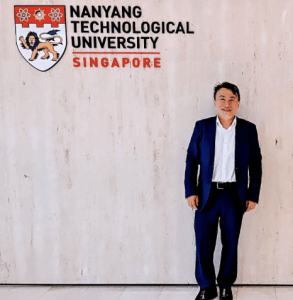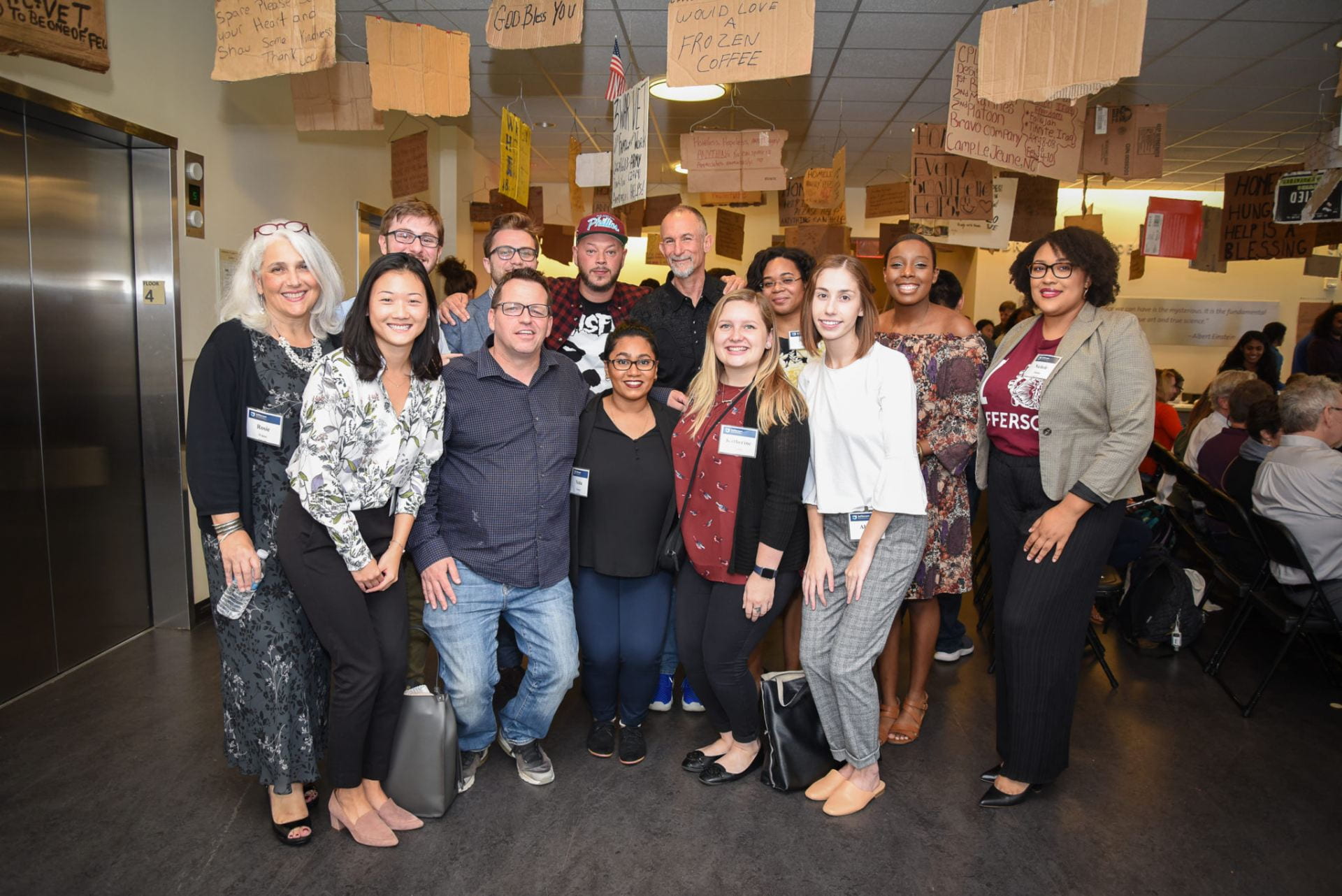Dr. Quan Xie has conducted new research on “Prosocial Campaigns With Virtual Influencers: Stories, Messages, and Beyond” alongside Eunjin Kim, Joo-Wha Hong, and Hye Min Kim.
How can virtual influencers be used to promote prosocial messages? In the digital age, virtual influencers (VIs) hold great potential to enhance prosocial campaigns. This research aims to identify effective strategies for using VIs to create a greater impact, build deeper connections with consumers, and drive meaningful social change. Specifically, it examines how VIs can promote socially responsible behaviors, such as raising awareness about cyberbullying. The study explores whether storytelling (narrative messaging) can make VIs more effective in delivering prosocial messages.
The study concentrates on the ways in which social media platforms have revolutionized the curation and diffusion of material. Influencers are leading the way in these changes, with Virtual Influencers (VIs) occupying a unique space in digital interaction. The use of virtual influencers (VIs) to encourage socially conscious behavior is examined in this research. By contrasting human-like (HVIs) and anime-like (AVIs) influencers, as well as narrative vs. non-narrative messaging approaches, it looks at how VIs can successfully transmit prosocial messages.
The research tested two types of VIs: one that looks human-like (human-like virtual influencers, HVIs) and another with an anime-style appearance (anime-like virtual influencers, AVIs), across two messaging styles—narrative (storytelling) and non-narrative (informational). Focusing on Gen Z and younger Millennials, the results showed that HVIs were more effective than AVIs in increasing support for the social cause and enhancing message credibility, especially when the message was non-narrative. However, when using a narrative style, this advantage of HVIs disappeared, with no significant difference in effectiveness between HVIs and AVIs in terms of message credibility and intent to support the cause. This study offers valuable insights for marketers and non- profit organizations on the effective use of VIs in disseminating prosocial messages.
In addition, the study highlights how look and narrative influence viewers understanding and reaction to prosocial messages from VIs, providing useful information for companies and marketers.
This research was presented in the annual 2024 Association for Education in Journalism and Mass Communication (AEJMC) in August.
Read the full research article here.









